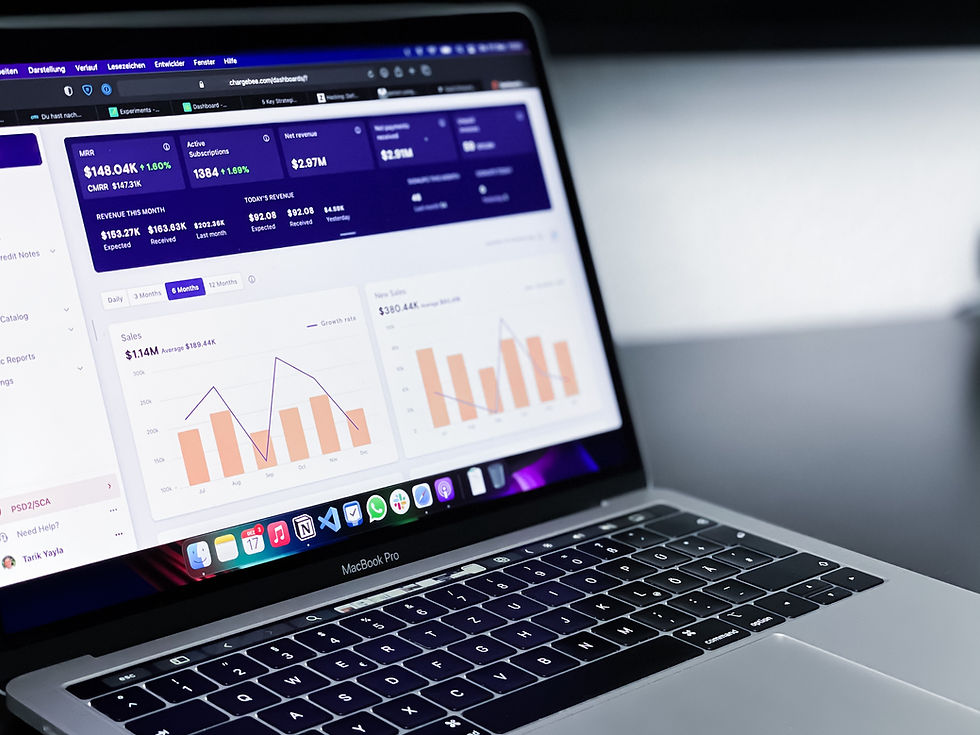What is Predictive Analytics?
- Travis Hall
- Mar 19, 2023
- 2 min read
How to focus on forecasting future outcomes or events by analyzing historical data and identifying patterns and trends.

Predictive analytics is a more advanced level of data analytics that focuses on forecasting future outcomes or events by analyzing historical data and identifying patterns and trends. The main goal is to make data-driven predictions and provide insights that can help guide decision-making. Predictive methodologies in data analytics involve various techniques and tools, including:
Regression analysis: A statistical method used to model the relationship between a dependent variable (target) and one or more independent variables (predictors). Regression techniques, such as linear regression, logistic regression, and multiple regression, can help estimate the effect of predictor variables on the target variable and make predictions accordingly.
Time series forecasting: Predicting future values based on historical time series data. Techniques like autoregressive integrated moving average (ARIMA), exponential smoothing, and seasonal decomposition of time series (STL) are often employed to model and forecast time series data.
Machine learning algorithms: Supervised learning techniques like decision trees, support vector machines, k-nearest neighbors, and neural networks can be used to create predictive models based on historical data. These algorithms learn from training data to make predictions on unseen data.
Ensemble methods: Combining multiple machine learning models to improve prediction accuracy and reduce overfitting. Techniques like bagging, boosting, and stacking are common ensemble approaches.
Cross-validation: A technique used to evaluate the performance of predictive models by dividing the data into training and testing sets, and assessing how well the model generalizes to new, unseen data.
Feature engineering: Creating new variables or transforming existing variables to improve the predictive power of the model. This may involve creating interaction terms, applying mathematical transformations, or aggregating data at different levels.
Model selection and optimization: Comparing the performance of different models, selecting the best one, and fine-tuning its parameters to achieve the best predictive accuracy.
Model validation: Assessing the performance of the final predictive model using various metrics like accuracy, precision, recall, F1 score, mean squared error, or R-squared to ensure that the model is reliable and robust.
Model deployment: Integrating the predictive model into business processes, applications, or decision-making systems, so that predictions can be generated in real-time and used to inform actions.
By using these predictive methodologies, businesses can anticipate future events, trends, or customer behaviors, enabling them to make proactive, data-driven decisions, optimize resources, and mitigate risks.



